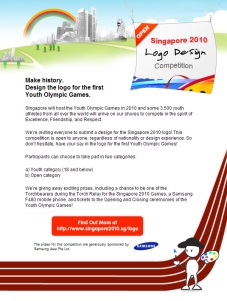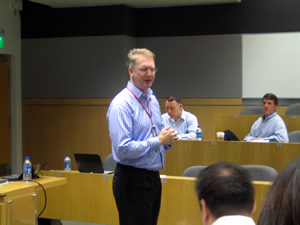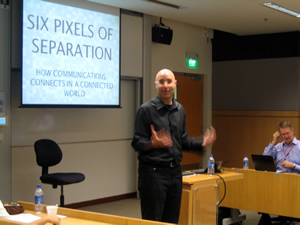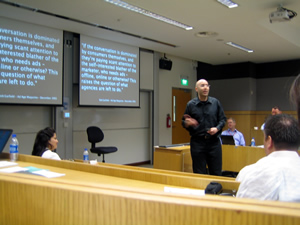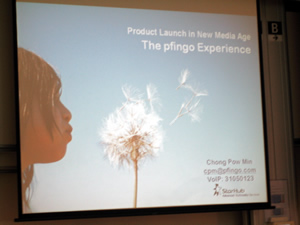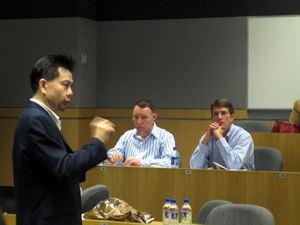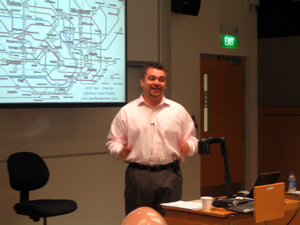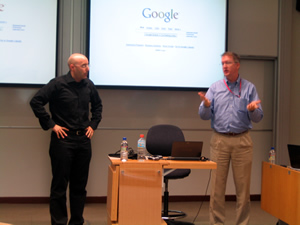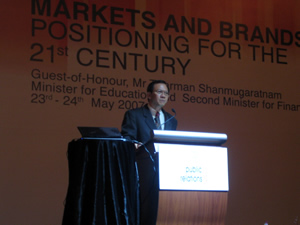Singapore’s news daily, The Straits Times, reported on July 17 that local students are “still given priority” for university. It provided the following statistics:
-Of the 28,000 local students who applied for a place last year in the three local universities, about 14,000 or 49 per cent were successful.
-But of the 23,000 foreign students who made an application, only 987 or about 4 per cent were offered places.
Ostensibly, it would seem that local students were indeed given priority (not that this is necessarily a good thing).
But there are some other factors that could account for this statistics. For example, could it be that of the 28,000 local students who applied, a significantly high percentage satisfactorily met entrance requirements, whereas of the international students who applied, there was a high percentage that failed to meet the requisite criteria. Thus, it is possible that it was not that NUS had accorded priority to local students out of some national policy, but that because of the relatively smaller proportion of international students meeting the entrance criteria, the statistics was in fact by default.
The public would be able to better appreciate the numbers if they were also informed how many of the local and international students who applied did not meet the entrance requirements to begin with.
What relevance does this hold for a blog focusing on public relations and reputation management? Well, first, providing a fuller, more transparent explanation of statistics is important from a credibility standpoint. One should not assume that the public will take flattering statistics at face value.
Secondly, the seemingly stellar reputation of Singapore’s state universities is oft-repeated enough in the local media that perhaps most Singaporeans take it as inviolate. It hence attracts students with high academic achievements. However, in the region and most certainly around the world, the local state universities may not enjoy as high a standing as there are several universities even in Asia that command a higher brand equity that Singaporeans are simply not aware of. Hence, the local state universities would not be the top Asian university that the best international students would apply to.



